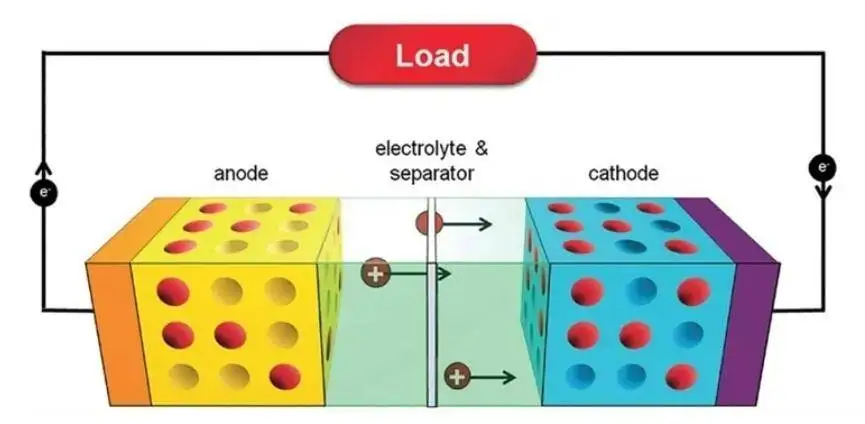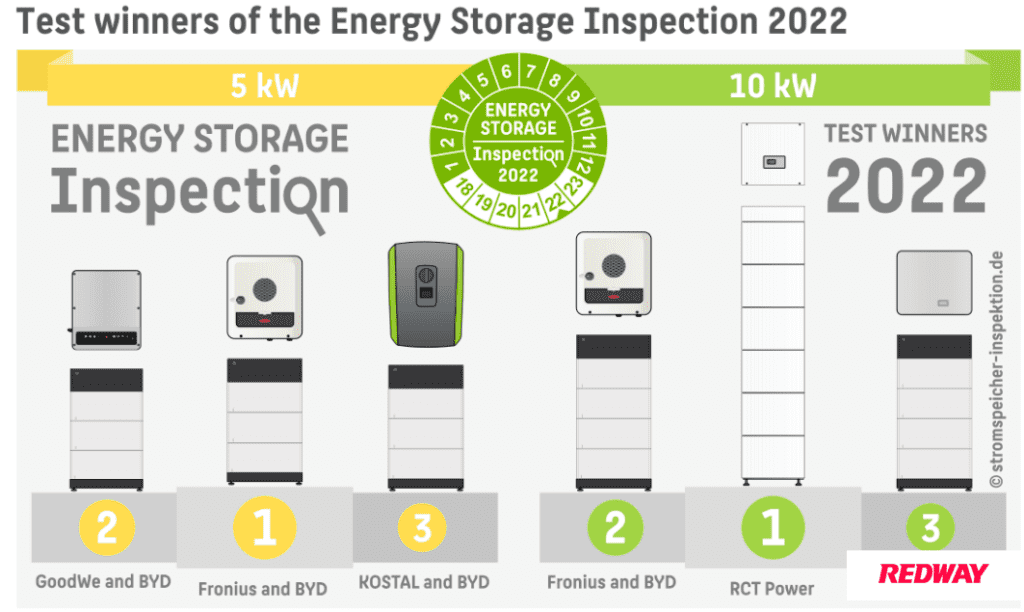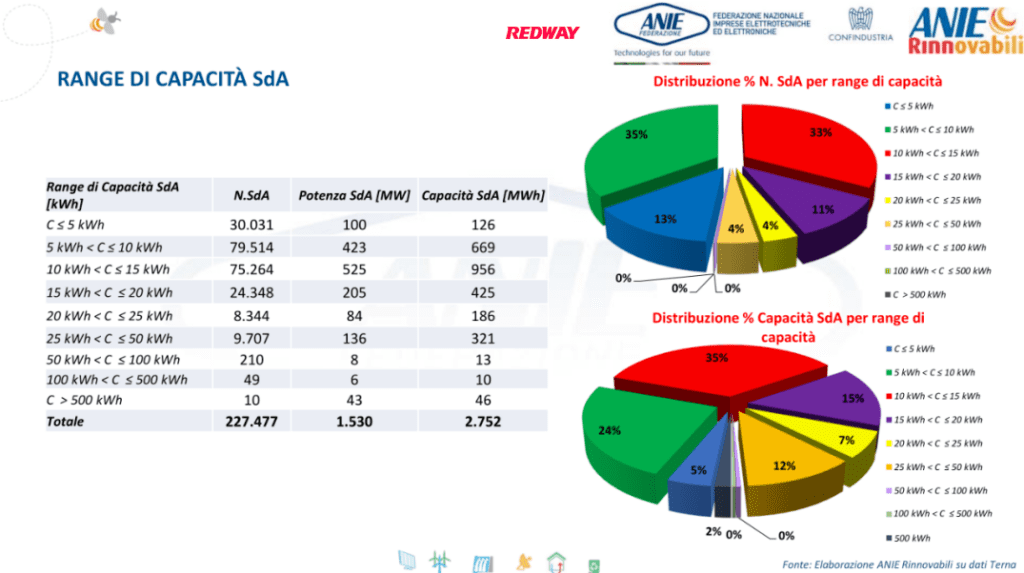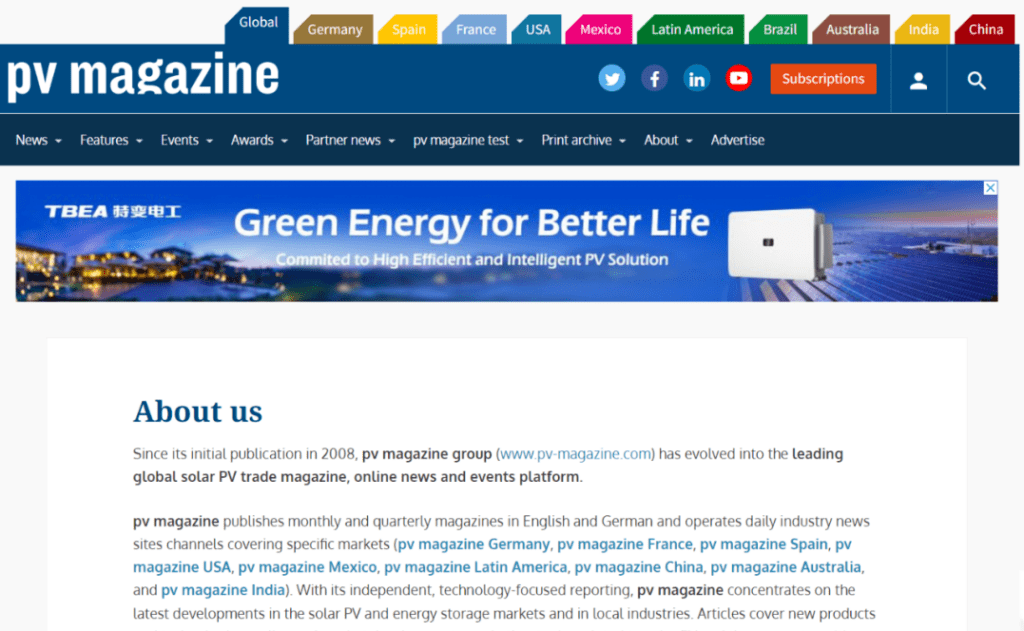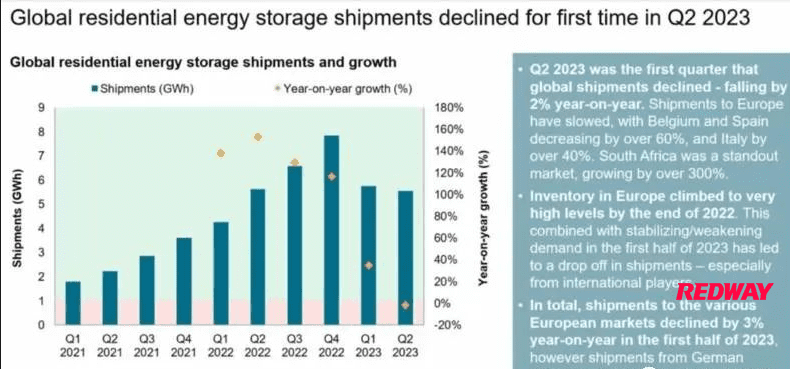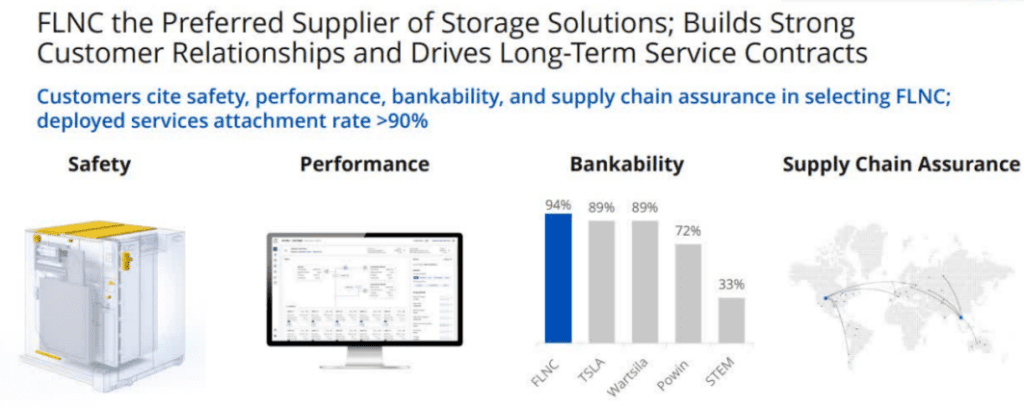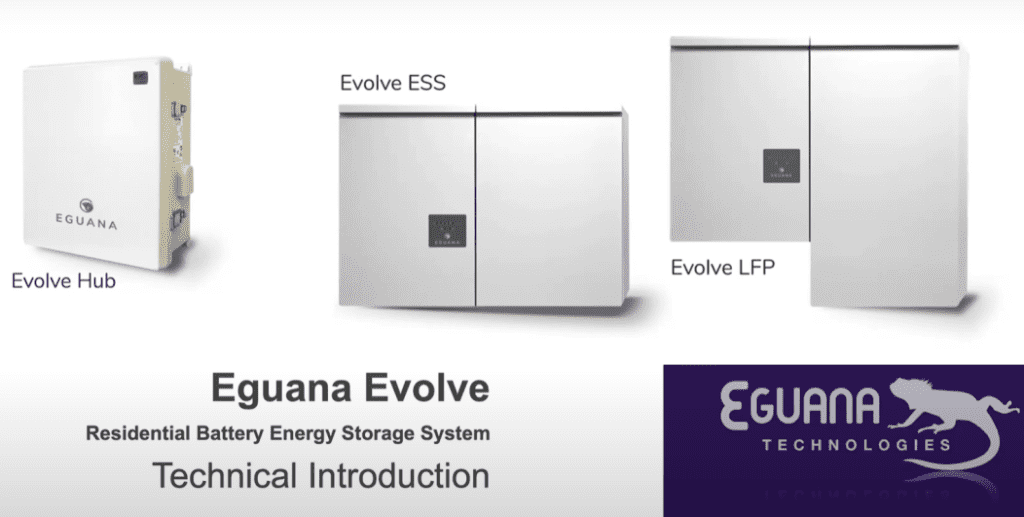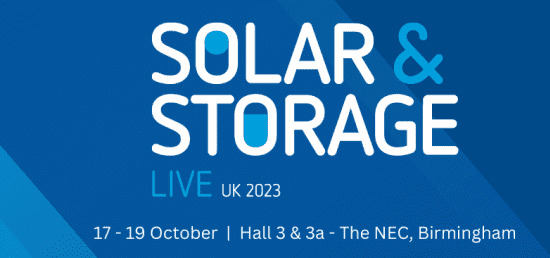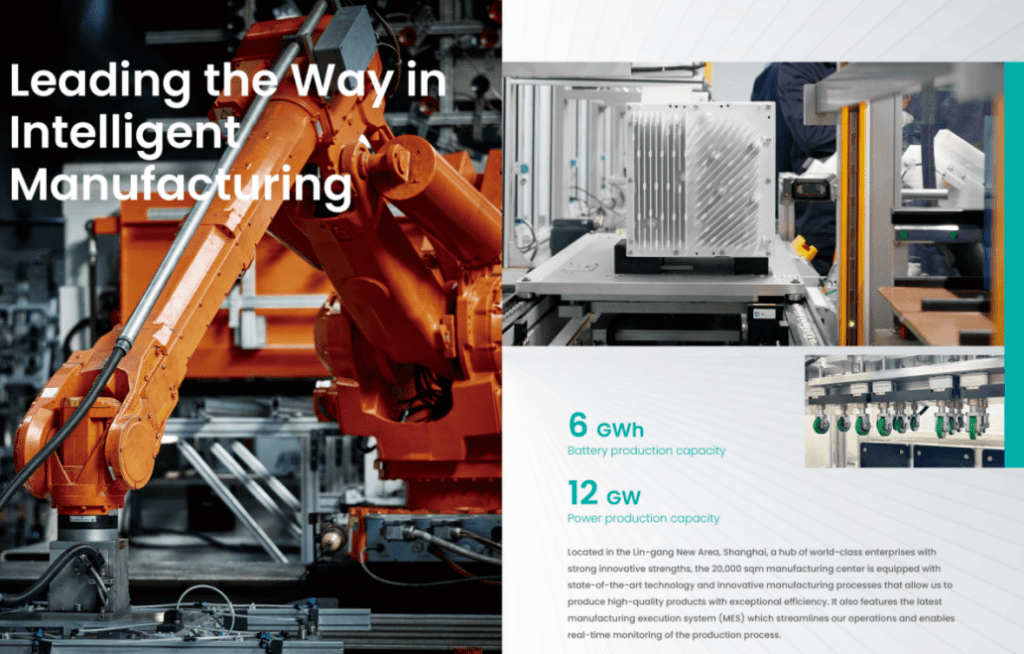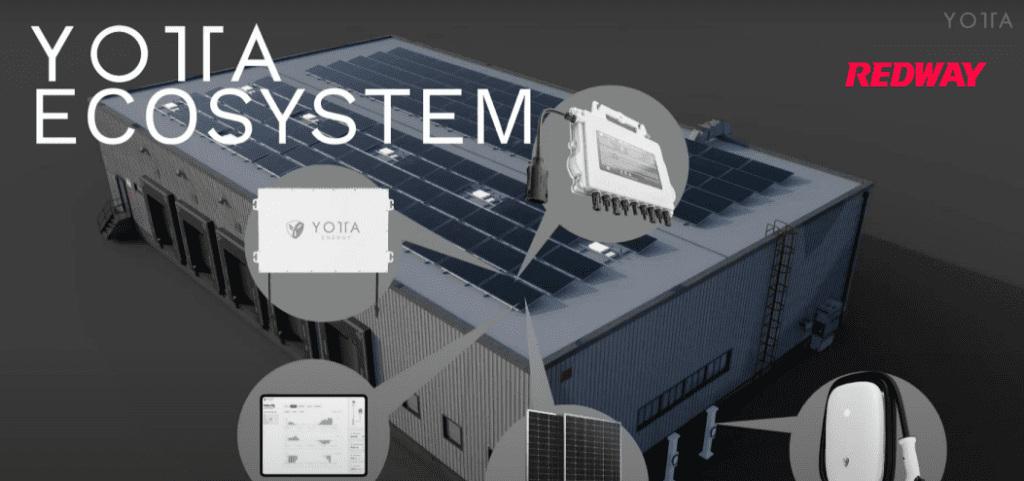There are lot of business models for Home-ESS Energy Storage Systems. They are given as following:
Model 1: 2B
“B” represents distributors and integrators.
This is a well-known classic strategy within the industry. It is highly traditional model and it is one that all manufacturers tend to adopt in large numbers.
In this model, the number of available brand positions is limited and there is a clear advantage for those who enter the market first. However, the competition is fierce thus making it increasingly challenging.
Currently, in the context of large-scale distributors and integrators (Big B), the market is already saturated with brands. It is challenging to make it to the shortlist unless existing brands make significant mistakes. New brands bring strong technological differentiation or powerful cross-industry groups enter the market.
Model 2: 2C
“C” represents a vast number of end-users. It is characterized by being scattered, having good cash flow but requiring easy installation.
The business logic for balcony energy storage is based on the viability of the Home-ESS B2C model.
The following is the official Zendure website ”https://zendure.com/”.
You can click “shop now” to make a purchase, and after the purchase, you can install it yourself.

#post_seo_title
The B2C model eliminates intermediaries and with a strong brand identity it leads to explosive business growth, good cash flow, and high-profit margins. In fact, many Chinese appliance brands now allow customers to place orders on their official websites or flagship stores on platforms and collaborate with installation services that directly visit the customers’ locations.
For example, Tesla allows consumers to purchase directly through the Tesla official website. Before making a purchase, consumers can conduct a virtual home assessment, upload their monthly electricity bills, and automatically calculate the appropriate photovoltaic power and energy storage capacity needed.

#post_seo_title
After the purchase, authorized installation professionals located nearby will visit for the installation.
Currently, most Home-ESS brand manufacturers find it challenging to implement this model. This is mainly because many manufacturers have a background in photovoltaic inverters, UPS, and similar fields and are transitioning, lacking a direct sales culture. Additionally, the business model for third-party installation platforms has not yet been established.
Model 3: 2G
The government is the customer in this model.
At a regional trade show, the largest booth area is typically occupied by either the largest brand manufacturers or the largest distributors.
This can easily lead to misunderstanding, as one might assume that the largest booth at the trade show represents the largest player in the local Home-ESS industry.
In reality, the government often serves as the most significant buyer in a country, but they typically do not participate in trade shows or engage in publicity, as they operate at a higher level.
The government typically quietly issues public tenders, and the circle of players in these bids is relatively small. The bidding requirements become increasingly challenging year by year, particularly regarding supply performance.
Many Home-ESS teams often focus on traditional customers and overlook the low-profile government (G-end) customers.
Model 4: 2P (OEM)
“P” represents peers, meaning that in this model, companies manufacture products for their peers, often referred to as Original Equipment Manufacturing (OEM).
Model 5: 2K
“K” stands for KOL, which stands for Key Opinion Leader, often associated with influencer marketing and live streaming sales.
This is a powerful strategy and seems to be less common in the energy storage field, particularly in the realm of solar energy storage.
KOLs are not customers themselves, but they can have a significant influence on customers’ decisions and actions.
This model is currently an open field with many opportunities for exploration.
Model 6: 2S
“S” represents Shareholders or Strategy, meaning that in this model, shareholders or strategic partners act as customers.
This is a more complex and multidimensional model.
The unique aspect of this model is that while the actual usage is by consumers (C-end) or serves consumers, it is not the consumers who pay for the service but rather the companies providing services to consumers who cover the expenses.
Similarly, VPP (Virtual Power Plant) is like the future version of a ride-sharing service like Didi or Uber, where its role in increasing end-user benefits is crucial. Forward-thinking Home-ESS manufacturers should consider investing in or partnering with VPP companies to become strategic shareholders.
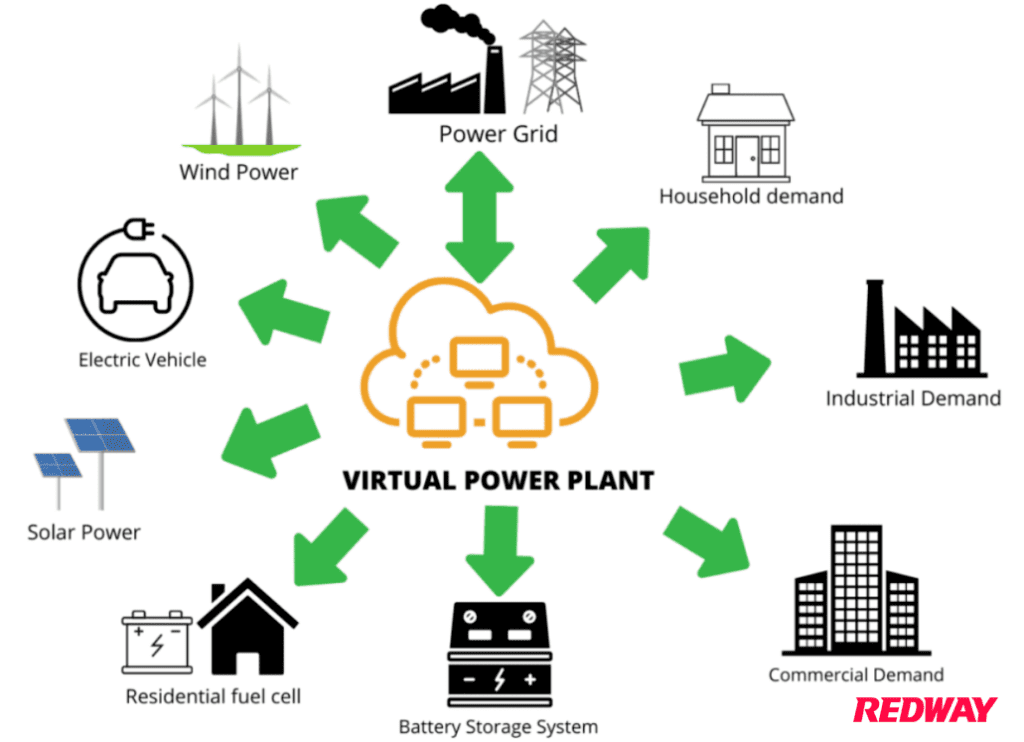
#post_seo_title


